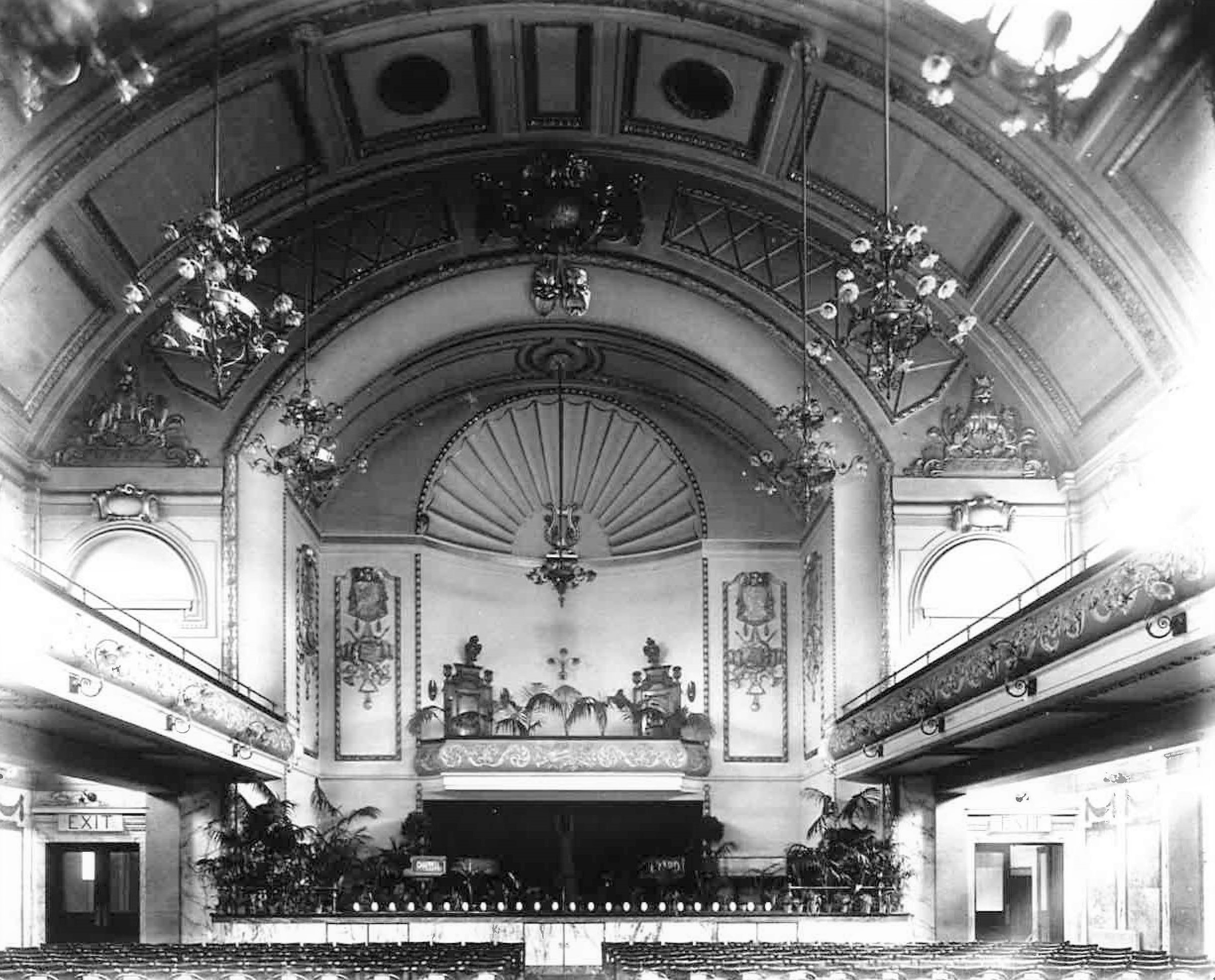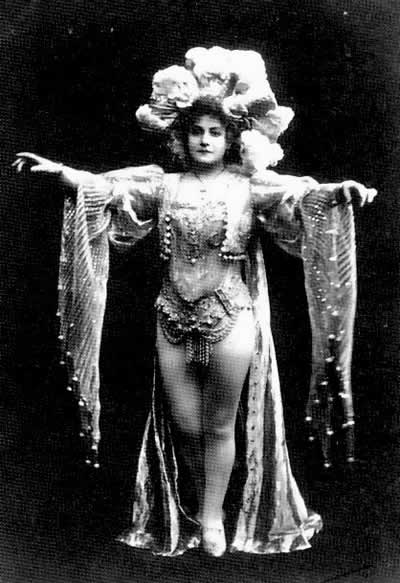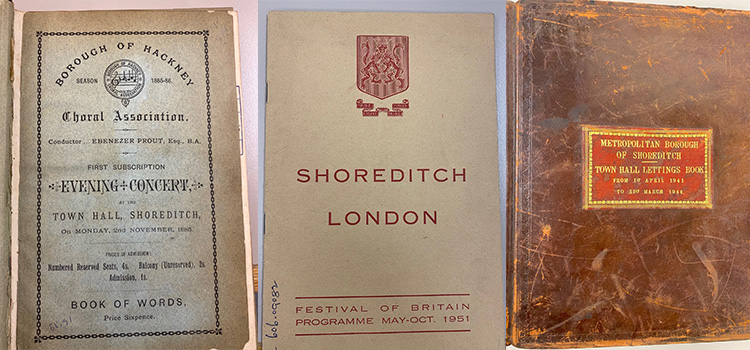Welcome back! We’re continuing our series of revealing research into the history of women at Shoreditch Town Hall, conducted by Jessica Ihejetoh. In this final post in this series, we’re looking at how Shoreditch Town Hall has served as a venue for entertainment from the 1800s to the modern day. If you missed the introduction to this series, you can find it here.

Victorian Music Hall
Shoreditch Town Hall’s identity is uniquely tied to its history as an entertainment venue. The areas rich heritage of theatre and performance dates back to the Elizabethan period, when it housed two of Shakespeare’s playhouses. This tradition continued into the 1800s when Shoreditch became a Victorian entertainment hotspot. Music Halls, which evolved from 18th century taverns and coffee houses saw audiences watch a mixed bill of performances, while eating, drinking and socialising. Their popularity grew and by the Victorian period music halls had sprung up across East London and beyond. The Britannia Theatre, opened in 1858, Shoreditch Empire in 1856, Hoxton Hall in 1863 and further east, Wilton’s Music Hall opened in 1859. Music Halls were often very lively with song, comedy, sketches and specialised acts. They attracted a mixture of social classes and by the 1860s it became more common for women to take to the stage.
Shoreditch Town Hall was originally designed to accommodate over 1000 people and in the 1880s it was granted a new license transforming it into a vibrant music hall. A glance at early programmes reveals alongside traditional performances from Hackney Choral Association and Shoreditch Drama Society, there were also comedy nights, ballad evenings and showcases from well-known actresses at the time. Leading stars like Katty King and Glasgow-born performer Marie Loftus, ‘known as the Sarah Bernhardt of the Music Halls’ dazzled audiences at Shoreditch Town Hall.
Alongside song and dance numbers, many artists provided social commentary, class critique and observation of current affairs in their acts. These shows reflected changing values and popular discussions at the time. Music halls remained popular well into the mid 20th century and eventually evolved into the variety shows that we are more familiar with today.

Lettings Books
A look through historic ‘lettings books’ shows how local women have used Shoreditch Town Hall. The immediate years after World War II saw a burst of weddings and the arrival of the Festival of Britain in 1951 reflected this post-war spirit of optimism. Shoreditch’s Festival of Britain’s programmes invited people to ‘call at The Town Hall’ for free tours of Shoreditch’s ‘modern developments’. These new flats had ‘labour-saving devices, electric self-operating passenger lifts, modern kitchens with refrigerators and separate lavatories.’[1] This was a result of the sweeping housing reforms and changing landscape of post-war East London. Crucially it also tells us about how technological advances changed women’s lives at home, despite having to still take responsibility for the majority of domestic work.
The 1940s to 1960s saw local people continue to use the Assembly Hall as social dances exploded in popularity with the rise of jazz, big and light classical and the rise of big band music. From waltz competitions, to ballad nights, to Socialist youth dances, and performances from Highbury Ladies String Band, just about every type of social event has taken place at Shoreditch Town Hall. The mid-1950s onwards would also see Shoreditch Town Hall become a famous boxing venue for the next two decades, further adding to its varied history.

The Story Continues
Shoreditch Town Hall ceased being used as its main municipal building when it merged with Hackney Town Hall in 1965. The building fell into decline and a newspaper article from the 1970s mentioned that it was being considered for demolition.[2] Yet the building managed to survive into the 1990s and a club night called Whril-y-gig thrived, attracting 1,000 attendees at its height. Still facing a precarious future, local people established the Shoreditch Town Hall Trust to save the building.
A dynamic and diverse programme has followed, with both established and emerging artists at its heart. In a nod to its heritage, tea dances also still remain popular. Much of Shoreditch Town Hall‘s history has been shaped by progressive women. This history mirrors the evolution of women’s rights and changing societal roles. From Helen Taylor‘s compelling speech in the 1870, to early women mayors in the 1930’s, and the beginnings of post-war cultural changes in 1940s, it is a rich history. Today, the building is a thriving cultural venue, with an exciting programme of theatre, music, dance, comedy and more serving the local community and beyond, with a women-led leadership team. From these stories we can begin to piece together the role that Shoreditch Town Hall played in local people’s lives and how key progressive changes have impacted women in East London and further afield.

[1] Marie Loftus. Circa 1897. Image © Image courtesy of Wikipedia
[2] Shoreditch London, Festival of Britain Programme, May-Oct,1951, p3
[3] The Stage – Thursday 02 January 1975 Image © The Stage Media Company Limited. Image created courtesy of THE BRITISH LIBRARY BOARD.
